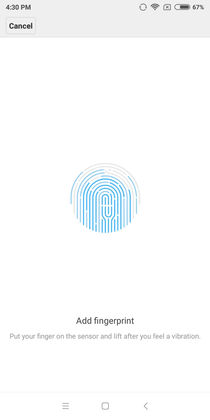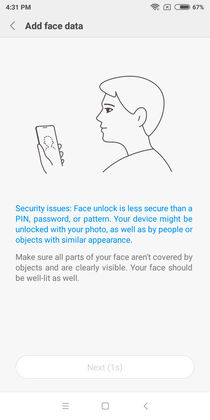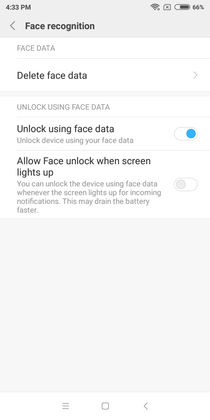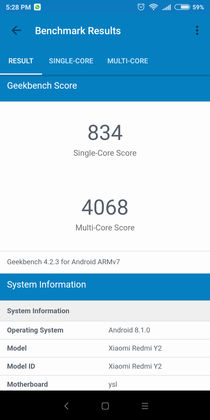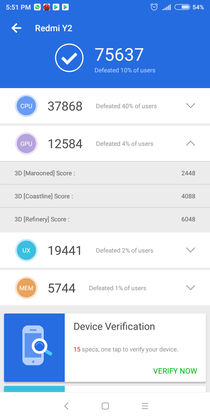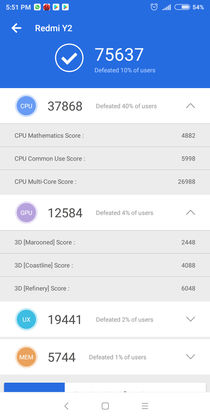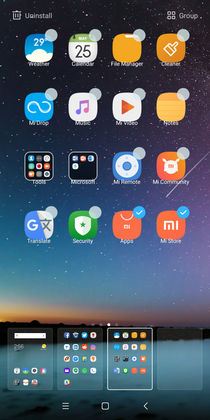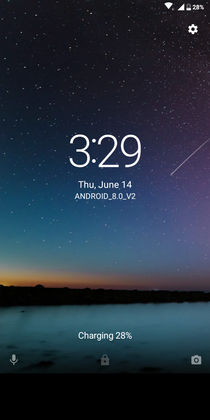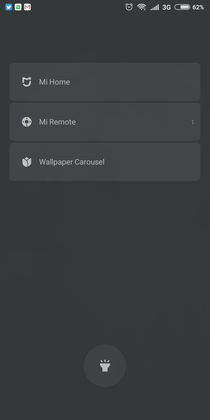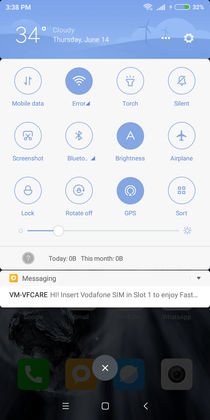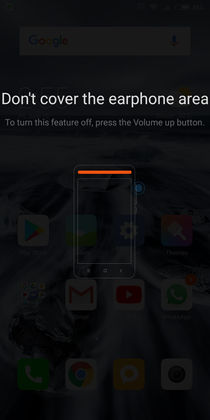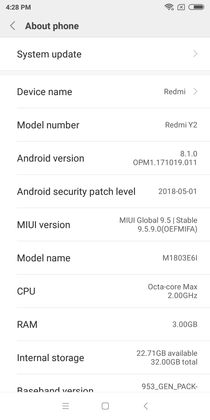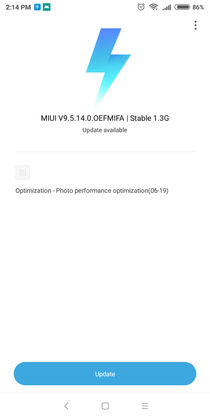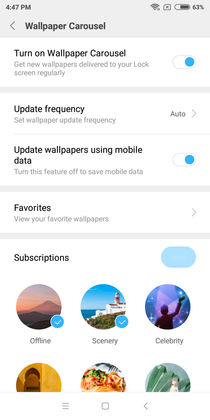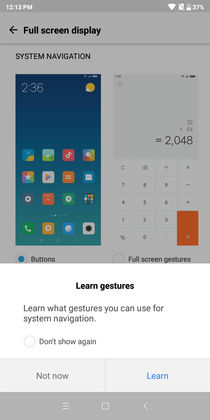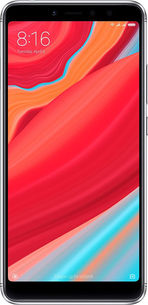
Xiaomi has been ruling the budget smartphone market in India with some attractive offerings that give you a lot more than what you paid for. It is certainly a hard task to upgrade the internal specs of a phone lineup each year and try to keep the price close to the previous model. Xiaomi claims to have done just that with the Redmi Y2.
Xiaomi Redmi Y2
Rs. 9,999The phone isn’t an exact successor to the Redmi Y1 (review) though, as both phones are rebranded versions of smartphones from different line-ups thrown into the mix for Indian customers. Be that as it may, Xiaomi is pushing the Redmi Y2 as an offering for selfie enthusiasts. The company refers to the contraption as a “smartphone designed for the youth”, that, “comes with a selfie camera designed to capture you at your best.” Can the phone live up to this hype? I used the phone for well over two weeks to give it a fair chance and see if it really is worth getting excited about.
Design and Build Quality
Xiaomi follows through with its tried and tested design language on the Redmi Y2. This look is very reminiscent of other well-known phones from the Chinese OEM such as the Redmi Note 5 and Note 5 Pro. The vertically mounted rear camera at the top left of the phone cements that notion. Xiaomi certainly tried to make the phone look more premium than it actually is by giving it a metallic finish. However, even holding the phone in your hand for a second will make its plastic construction discernible. This isn’t as flimsy as its predecessor, but the build quality wasn’t overly impressive either.
Within a similar form factor as its predecessor, the Redmi Y2 houses a 5.99-inch screen with the help of slightly reduced bezels. These aren’t the thinnest I’ve seen, but they do aid in keeping with the 18:9 aspect ratio display trend. The front camera and selfie flash are housed in the top bezel with the earpiece in the middle. The top is where we find the 3.5mm headphone jack and an IR blaster. The volume rockers and power button are to the right of the phone. They have a distinct protrusion and enough tactile feedback that differentiating between them wasn’t difficult. The left side is where you find the dual SIM + microSD card slot. The base of the phone houses the micro USB charging port with two speaker grills on either side. The bottom grills are deceiving as only the right one is an actual speaker while the one on the left is just for show.
Another deception is with the antenna bands around the top and bottom of the device. The placement of the bands is the same as the ones found on the iPhone 7 and iPhone 7 Plus, with the only difference being that there are dual lines on the top and bottom of the Redmi Y2. Having even one line was unnecessary as this is a plastic phone and it is clear that the move was purely for aesthetics.
The overall build of the phone is acceptable given its low price tag. With that said, there isn’t anything special about it as it feels plasticky and I did hear some creaks from the phone’s chassis from time to time. Furthermore, as is the case with many cheap devices, the screen protrudes from the frame. The edges of the phone are also at a steep curve, which some might find unpleasant to hold. The phone is still usable, and the included transparent case can come in handy for some additional grip and scuff resistance.
Display

The Redmi Y2 comes with a 5.99-inch display which has an 18:9 aspect ratio. The LCD screen was quite enjoyable to use at it has a decent colour reproduction. It also gets bright enough to use in direct sunlight. However, having an HD+ 720p resolution screen did end up being a noticeable compromise. There was also an issue I faced with the auto-brightness mechanism of the phone. It would occasionally crank up the brightness too much or not change it at all. Other than these two concerns, the display is fairly usable and would be enough for general use.
Camera

Coming to the most publicised aspect of this phone, we have a 16MP selfie camera at the front which has an LED flash accompanying it for better low light photography. The back has a 12MP + 5MP configuration with all the expected bells and whistles such as portrait mode and HDR. The UI of the camera app is fairly intuitive and has all the main toggles at useable locations. Both the front and rear cameras get toggles for auto-HDR which does come in handy. There is also an HTT mode which will take multiple shots in low light scenarios to merge them and reduce noise.
When it came to the actual performance, the rear camera was capable of decent photography when the lighting conditions were favourable. The photos are slightly on the darker side though, and the auto-focus takes a while to grab the subject. The rear camera portrait mode also faced some challenges as the image processing takes some time. Low-light was another problem as the images ended up very noise and lacked detail.
Then we have the 16MP selfie shooter which ended up taking slightly better images. You need a steady hand with both setups regardless as there isn’t a lot of inbuilt stability. However, you can get reasonably good selfies without too much effort. Furthermore, Xiaomi has equipped the Y2 with reliable machine learning for reasonably accurate edge detection for portrait selfies. The front LED flash does help in dark situations but does not capture the same amount of detail as natural light.
I did not have high expectations given the price and seemingly overhyped marketing of the Redmi Y2’s cameras. However, the resulting images are surprisingly good with all things considered. Being able to take those pictures was the challenge as the phone relies heavily on post-processing to get them right. The camera app will actually portray a complete disaster before clicking the shutter button. Trying to take consecutive shots was also tricky as the app took considerable time to recover after snapping the previous shot. I would still say that the end result is good enough if you can manage the slightly laggy camera app.
Performance
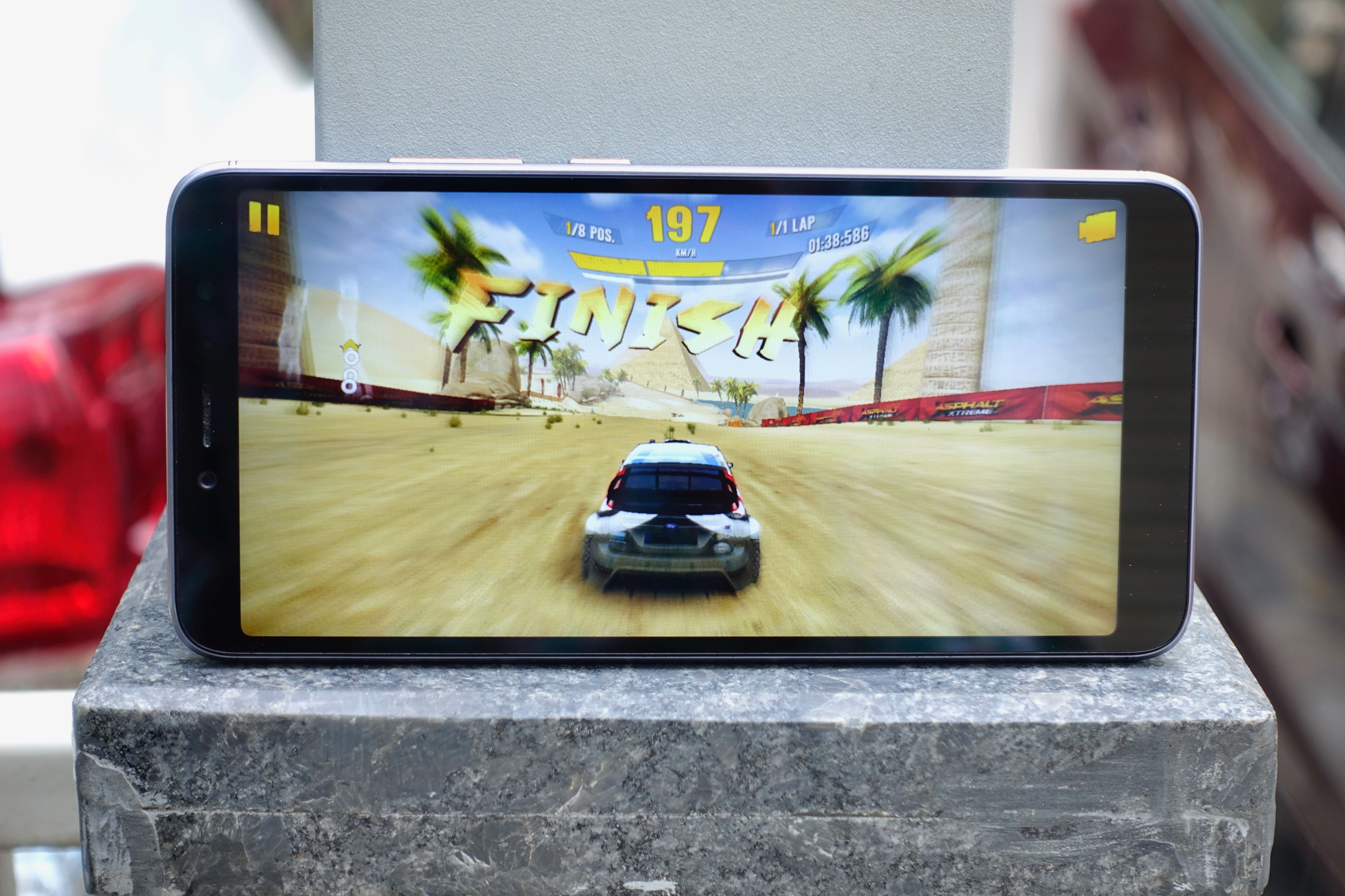
The Redmi Y2 comes equipped with a Qualcomm Snapdragon 625 processor. This is an octa-core CPU which clocks up to 2 GHz. The phone does come with the latest Android 8.1 Oreo installed out-of-the-box, but there is the heavy MIUI skin on top. There are two variants of the device where the base model has 3GB of RAM and 32GB of internal storage. For Rs.3,000 more you can get the 4GB of RAM and 64GB storage variant.
It was a bit odd when Xiaomi announced they were using a 2016 SoC on its 2018 smartphone. I’m not sure if it was the fault of the CPU, software, or a combination of both, but I experienced considerable stuttering and lag when using the phone. The base UI is smooth enough, and apps perform acceptably on their own. The problems mostly arise when trying to move between applications. Gestures and taps (for interfaces such as the on-screen home button) sometimes fail to register. The phone never crashed entirely for me, but the overall navigation was slightly sluggish. It is still a powerful enough CPU, but don’t expect to be blown away by the performance.
The Redmi Y2 comes with two main security features. You do get the traditional fingerprint scanner at the rear, while the front camera is capable of ‘Face Unlock’. The fingerprint scanner will perform consistently while the face detection will be a hit or miss ordeal. Half of the time, the face unlock worked incredibly well even in challenging lighting scenarios. The rest of the time, it would either be really slow or just fail entirely. Since there isn’t any dedicated hardware for face unlock on this budget phone, and the fact that the phone itself will throw a disclaimer at setup to let you know that this feature isn’t as secure as its alternatives, the feature simply becomes a bonus at this point.
Coming to the audio capabilities, the phone has just one loudspeaker unit at the bottom. The dummy grill to the left of the charging port is not entirely useless as it does house the microphone. The earpiece at the top does not double as a loudspeaker. Its volume level and clarity are adequate for calls. As for the loudspeaker, it is one of the louder ones I have experienced compared to other bottom firing units and did not present any noticeable distortions at full volume. However, the audio output from the Y2’s 3.5mm jack was quite unsatisfactory. By default, the tonal accuracy was way off and the overall output was quite flat. MIUI does have equaliser settings, but you are forced to use presets only for Xiaomi headphones. It became difficult using headphones from other manufacturers as none of these presets worked in reproducing their natural sound profile.
Software

As mentioned earlier, the Redmi Y2 comes with Android 8.1 Oreo out-of-the-box with Xiaomi’s custom MIUI 9.5 skin on top. Anyone who may have used any Xiaomi product will be aware of the obvious iOS-inspired theme of this UI. The software has come a long way from what it was on older phones and offers a relatively clean interface. Needless to say, Android purists will face some issues but getting used to the UI doesn’t take that long.
There is considerable bloatware preloaded on this phone. Other than the mandatory Xiaomi system applications, however, many of the other can be deleted. Then we have the actual interface where some customisability is possible with the included themes app. You still won’t be able to get an app drawer but will be able to change the icons, font style, lock screen style etc. with the app. The default navigation system on the phone uses software button which can be replaced with iPhone X-like gestures. There is also the option of enabling a quick ball floating widget for navigation which can be dragged around the screen for comfortable access. I ended up using the standard on-screen navigation buttons for most of my time with the phone.
In addition to the intermittent stuttering and lagging issues mentioned earlier, there were a few other UI annoyances which could be chalked up to a collective software bug. One such example is where expanding the notifications became problematic. The UI would constantly mistake my drag gesture on the notification and expand the shortcut toggle menu instead. I did finally receive a software update for the MIUI build 9.5.14 (from previous MIUI version 9.5.9), but that update was just for some camera performance bug. I’m not sure what it fixed as the camera app still performed exactly the same, and none of my other concerns were addressed.
Battery Life

Fuelling the Redmi Y2 is a 3080mAh capacity battery which performed considerably well. There is a smart ‘Sleep mode’ in this device which will help shut down background activity such as Bluetooth, GPS, mobile data and Wi-Fi usage when the phone remains inactive for a certain duration. My first day of use with the mode disabled gave me about 5:30 hours of screen-on time with 30 hours of backup. With the mode enabled, I was easily able to push the screen-on time to over 7 hours with almost 40 hours of standby time.
Depending on your usage, the battery life is the one aspect which has the potential to be exceptional. There will be some drain overnight though, but keeping the phone plugged in for a couple of hours tops it up entirely. I comfortably used the phone during the day and plugged it up at night before going to bed.
Verdict

On paper, the Redmi Y2 seemed promising considering its price point relative to its specifications. The main selling point is supposed to be the camera, and it actually isn’t too bad. The battery life is also good for a day’s worth of use. However, minor annoyances, such as the on-screen home button failing intermittently for one, make the overall experience unsatisfactory. Furthermore, glaring optimisation issues manifest through occasional stuttering and malfunctioning UI elements, and the camera app itself is slow and unresponsive at times.
Xiaomi knows how to make good phones at affordable prices. I don’t believe equipping a budget phone with a better camera in place of a lower resolution screen and dated Qualcomm chipset was the right move. Yes, the camera is decent and battery life is also above average, but the cheap build and inconsistent performance makes it hard to recommend the Redmi Y2 over other budget phones that are at least consistent in what they offer. Something more along the lines of the Redmi Note 5 Pro is where you can start seeing good smartphone cameras. If you cannot afford to spend that much, then better overall packages can be found with phones such as the Oppo Realme 1 (starts at Rs. 8,990) and the Honor 9 Lite (starts at Rs. 10,999).





























